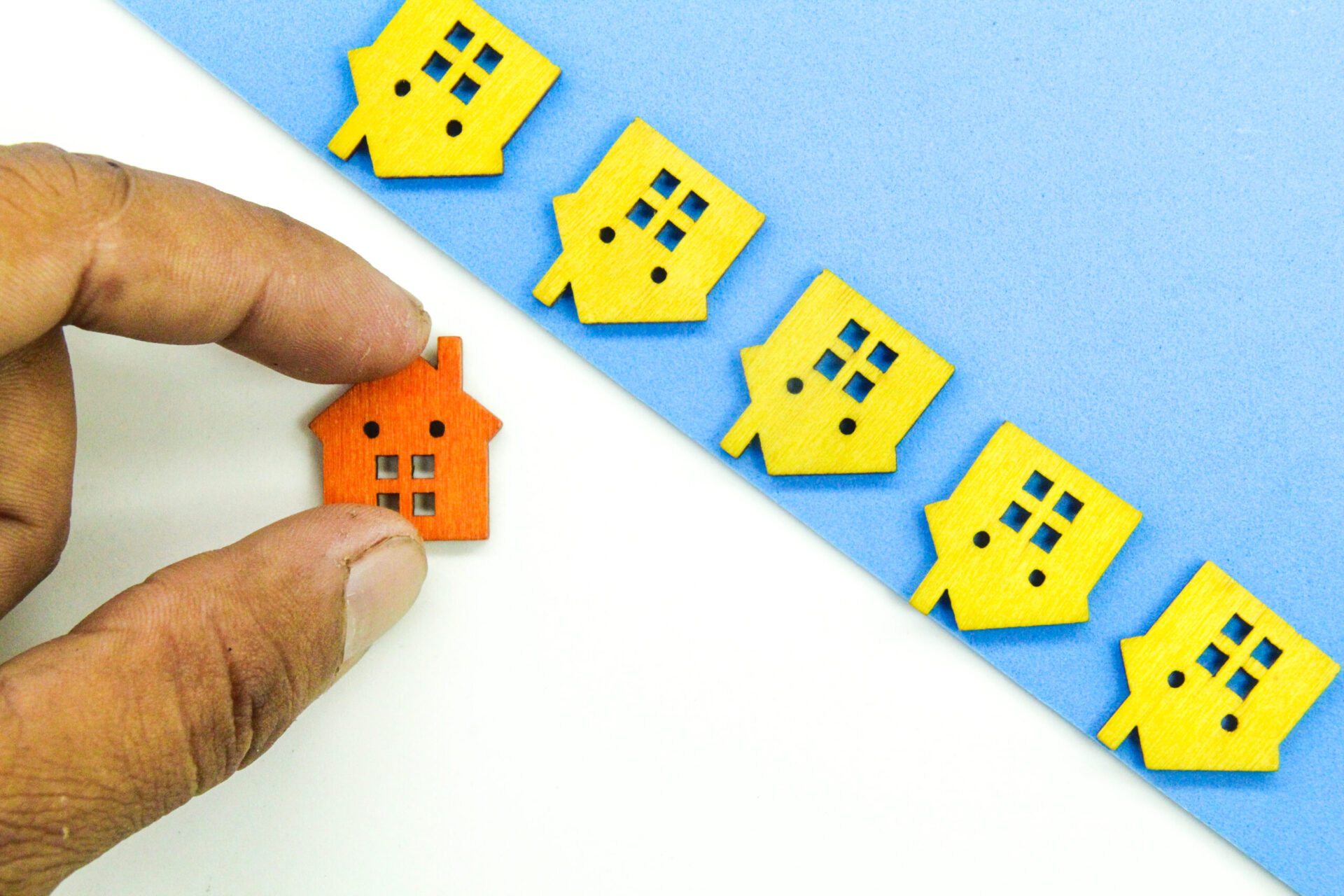Low inventory continues to push home prices up, but the market downturn is taking its toll on that growth.
CoreLogic’s Home Price Index for March found prices nationwide up 3.1% YOY, the 134th straight month of growth but the lowest rate of appreciation since 2012.
Prices fell YOY in ten states, mostly concentrated in the West. Washington (-7.4%), Idaho (-3.6%), Nevada (-3.5%) topped the list of greatest declines.
The West saw explosive growth in the pandemic housing boom, but prices rose too high and too fast while inventory lagged. At the same time, demand for the most expensive tier of homes has dwindled as Americans impacted by the high rate environment and economic pressures prioritize affordability above all.
Competition for starter homes is on the rise, with the typical home values for the least-expensive one-third of houses up by 8% YOY in March, while prices for the most expensive properties declined for the first time since at least 2012.
But month-over-month appreciation across the country is trending up for a second month. Appreciation rose by 1.6% from February, the second consecutive month of gains.
“[T]he month-over-month increase was twice the average seen between 2015 and 2020,” said Selma Hepp, chief economist at CoreLogic.
“The monthly rebound in home prices underscores the lack of inventory in this housing cycle. In addition, while the lack of affordability generally weighs on home price growth, mobility resulting from remote working conditions appears to be a current driver of home prices in some areas of the country.”
The South still reigns as the region with the greatest growth at the metro level. Miami saw the highest YOY home price increase at 14.8%. Tampa, FL, ranked second at 6.9%. Florida’s population grew by the largest percentage of any state last year as Americans flocked there for low taxes and sunny weather.
NAR Chief Economist Lawrence Yun expects inventory constraints to ease in the coming months, leading to more sales in every part of the country
“Sales in the second half of the year should be notably better than the first half as job gains continue and more favorable mortgage rates are expected. Sales of new homes are already matching 2019 pre-COVID activity and are expected to increase in 2023, largely due to plentiful inventory in this segment of the market,” he said.
CoreLogic predicts annual U.S. home price gains will settle at 4.6% by March 2024.
